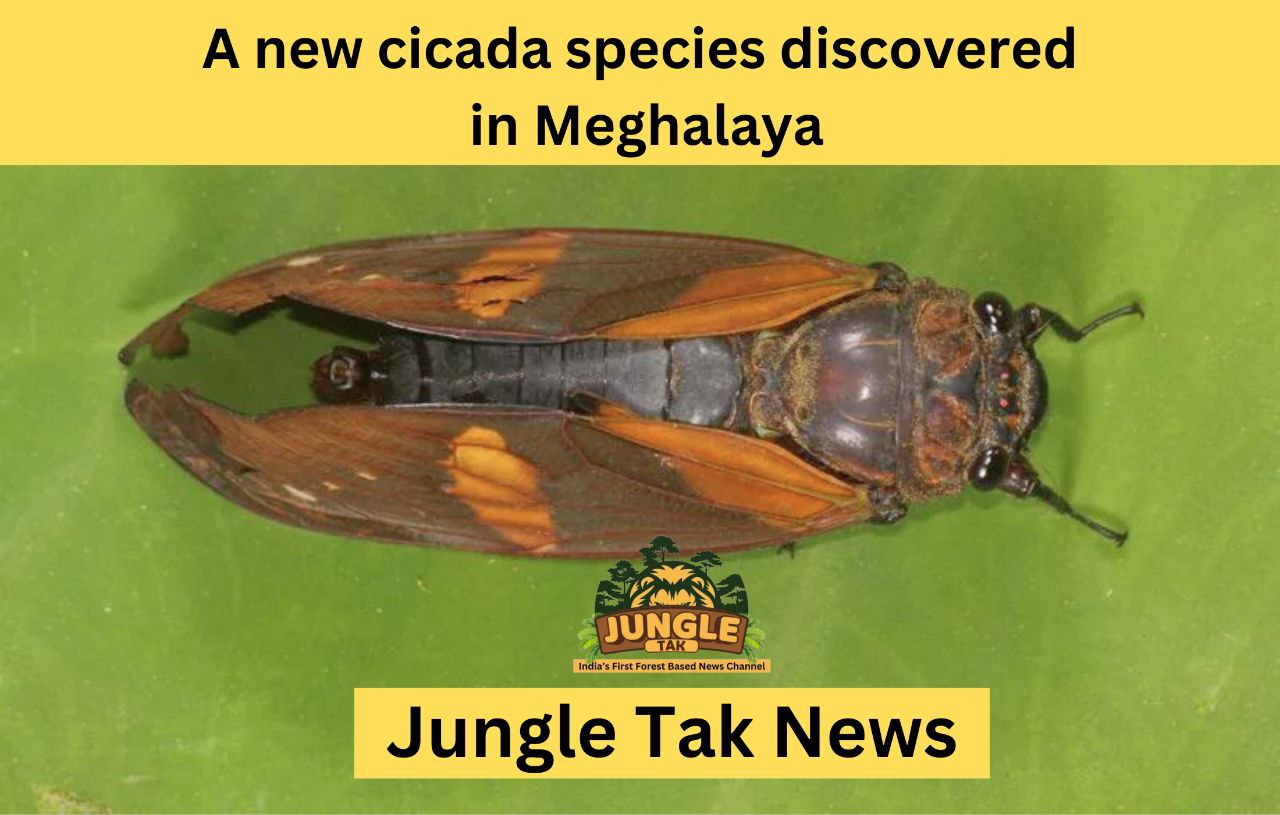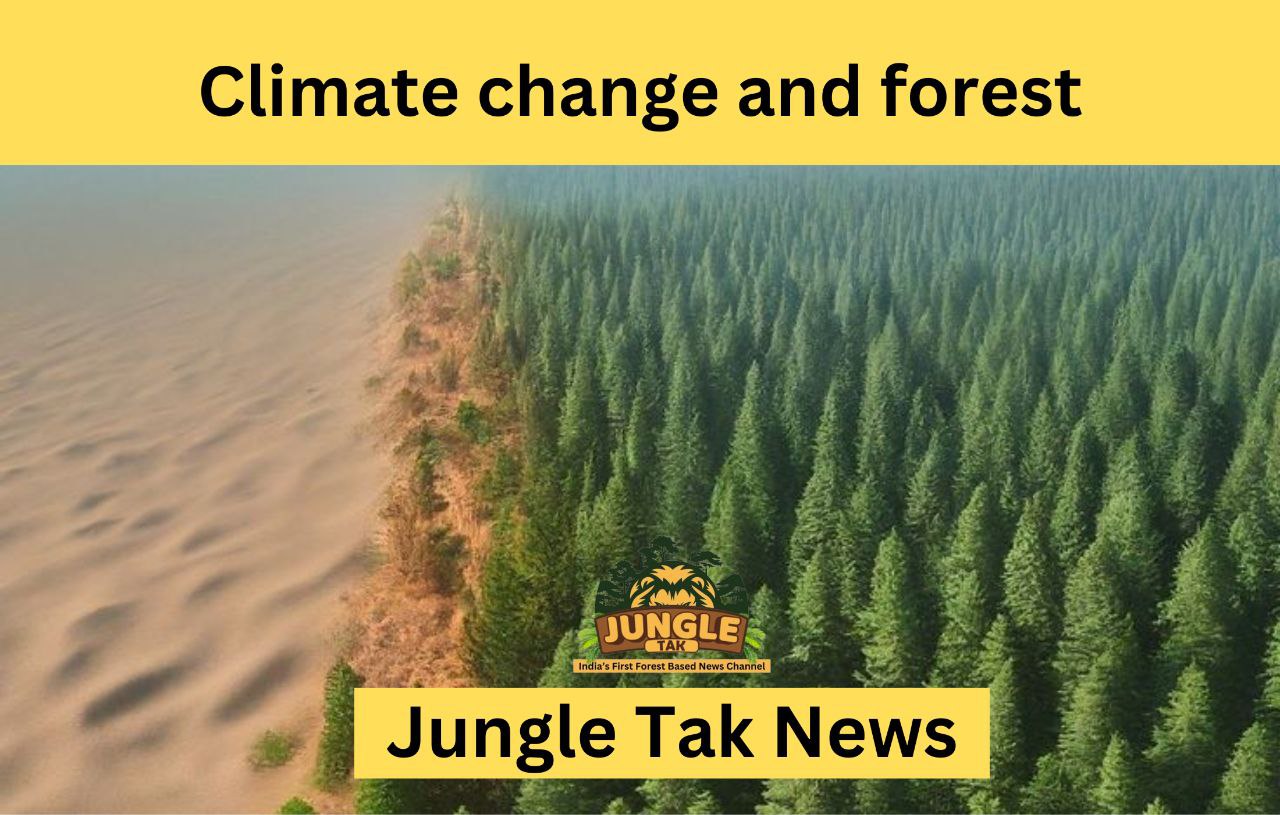Exploring the Different Layers of a Forest Part – 2

5. The Background
Description:
The trees and shrubs that grow below the forest canopy but above the shrub layer are known as the understory.
Trees and shrubs that can withstand shade are among the vegetation’s key features.
Light: Limited exposure to sunlight; designed for low light levels.
Fauna: Reptiles, tiny animals, insects, and birds.
Importance: – Human Settlement: Provides a home for a variety of animals.
– Regeneration: Young plants and trees that have the potential to grow into the canopy.
6. The Roof
The canopy, which is made up of the mature tree crowns, is the topmost layer of the forest.
The vegetation consists of tall trees with linked crowns.
Light: Has a thick coating of leaves since it receives the greatest sunshine.
Fauna: Reptiles, insects, birds, and arboreal animals.
Importance – Photosynthesis:Principal location for the production of oxygen and the absorption of carbon dioxide during photosynthesis.
Biodiversity: Preserves a variety of species and intricate ecological relationships.
7. The Emergent Layer
Explanation:
The tallest trees that rise above the canopy are found in the emergent layer.
The vegetation consists of big trees with large leaves and sturdy trunks.
Light: Subjected to weather, high winds, and direct sunlight.
Fauna: Mammals, huge insects, and predatory birds.
Importance – Climate Regulation: Affects the forest’s microclimates.
Biodiversity:Offers specialized species distinct environments.
Conclusion
To fully comprehend the intricacy and biodiversity of forest ecosystems, one must have a solid understanding of the many forest layers. Because the forest supports a diverse range of life forms, each layer is essential to preserving the health and balance of the ecosystem.































